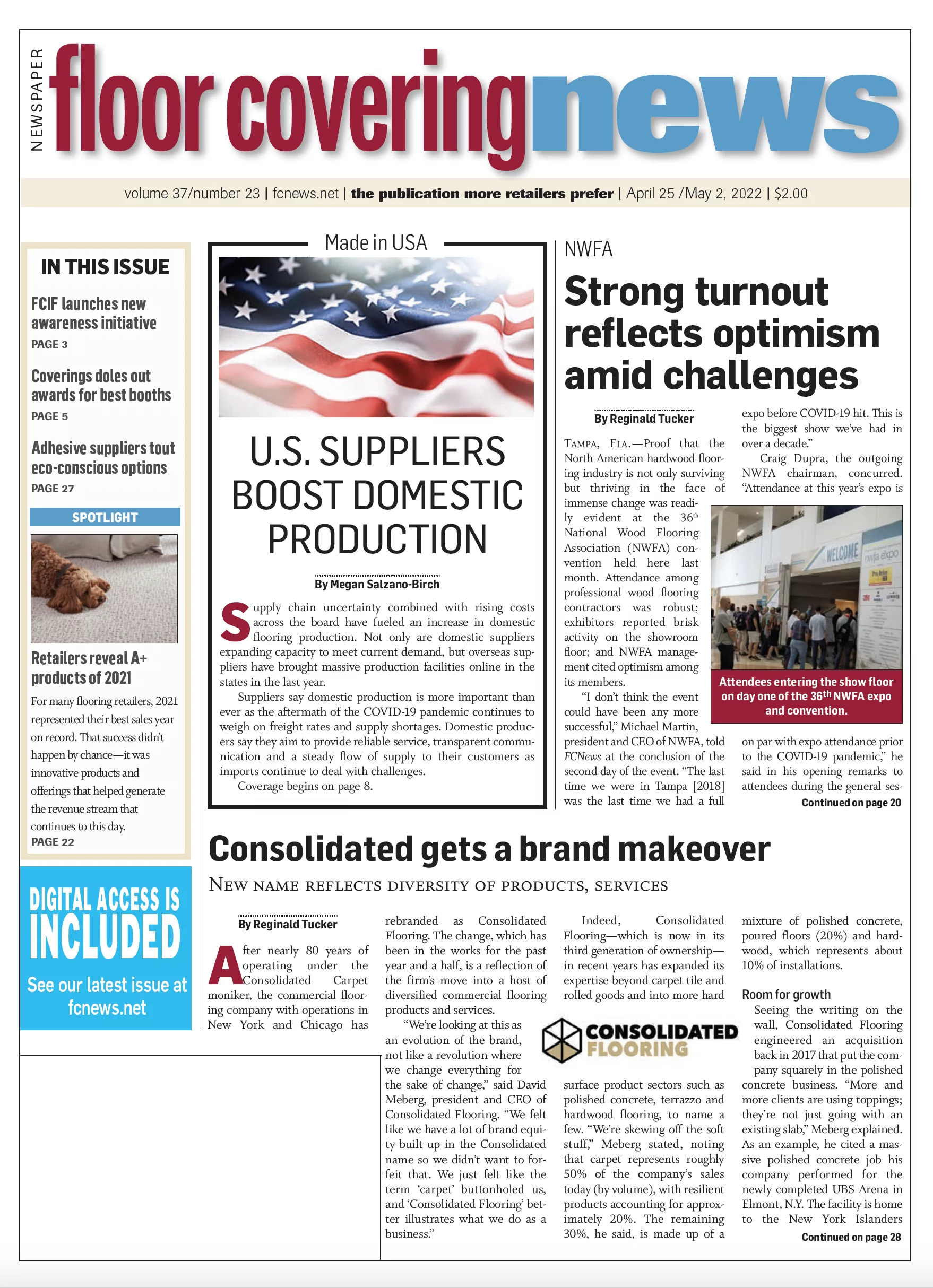 Unless you’ve been under a rock for the last 18 months, you’ve witnessed inflation unseen for decades. It has impacted just about every purchase from fuel to food to airfare. But how did we get here? After reading a litany of articles from seemingly unbiased sources, I thought it might be useful to discuss the consensus.
Unless you’ve been under a rock for the last 18 months, you’ve witnessed inflation unseen for decades. It has impacted just about every purchase from fuel to food to airfare. But how did we get here? After reading a litany of articles from seemingly unbiased sources, I thought it might be useful to discuss the consensus.
It began two years ago when the United States spent aggressively to protect its economy from the financial impacts of the pandemic. This strategy that has helped to fuel more rapid inflation, but also a faster economic rebound and brisk job gains. However, America is now dealing with what many economists see as an unsustainable worker shortage that threatens to keep inflation high and will probably necessitate a firm response by the Federal Reserve.
As the Fed raises interest rates and economists warn that it could take at least a mild recession to curb inflation, years from now we are going to look back and analyze whether the government’s ambitious spending was worth it. Rapid growth and a strong labor market rebound have been big wins. But the benefits of that faster recovery could be diminished as rising prices eat away at paychecks—even more so if high inflation prods the Fed to set policy in a way that pushes up unemployment down the road.
One economist, Jason Furman from Harvard University and a former official in the Obama administration, is worried that we traded a temporary growth gain for permanently higher inflation. The Biden administration has repeatedly argued that, to the extent the U.S. is seeing more inflation, the policy response to the pandemic also created a stronger economy.
Combined, the Trump and Biden administrations spent about $5 trillion on pandemic relief in 2020 and 2021. Much of that money went directly to households in the form of stimulus checks, expanded unemployment insurance and tax credits for parents. Payments to households helped fuel rapid consumer demand and quick economic growth—progress that has continued into 2022. A global economic outlook released by the International Monetary Fund showed that America’s economy is expected to expand by 3.7% this year, faster than the roughly 2% trend that prevailed before the pandemic.
As the U.S. economy has expanded so quickly, unemployment has plummeted. After spiking to 14.7% in early 2020, joblessness is now roughly back to the 50-year lows that prevailed prior the pandemic.
But here’s the thing: Unemployment in the U.S. jumped much higher at the outset of the pandemic in part because America’s policies did less to discourage layoffs than those in Europe. While many European governments paid companies to keep workers on their payrolls, the U.S. focused more on providing money directly to those who lost their jobs. Europe’s more complete employment recovery may partly reflect its different approach to supporting workers during the pandemic, said Nick Bennenbroek, international economist at Wells Fargo. European aid programs effectively paid companies to keep people on the payroll even when they couldn’t go to work, while the United States supported workers directly through the unemployment insurance system.
That relatively subtle difference had a major consequence: Because fewer Europeans were separated from employers, many flowed right back into their old jobs as the economy reopened. In the U.S., meanwhile, pandemic layoffs touched off an era of soul-searching and job shuffling. In other words, you didn’t have as much motivation to reconsider your assessment of your work-life situation.
“What we initially saw in the U.S. was much more disruptive,” Bennenbroek said.
Disruption has had its upside. America now has a record 1.8 jobs open for every unemployed worker, which has, in some ways, given employees more power to demand more flexible schedules, better benefits and higher pay. Wages in the U.S. are rising at the fastest pace in four decades. But that carries its own risks. For one thing, wage growth is not keeping up with rapid inflation for many people, leaving some households behind even as their paychecks get bigger. And the ratcheting up in wages could prompt companies to try to cover their costs by raising prices even more.
These higher wages could mean the Fed has to react more aggressively to slow down the economy. They are trying to tame inflation by lifting interest rates to make money more expensive to borrow, which can slow spending and cool off economic conditions. But if the Fed has to raise rates to high levels to restore economic calm, it could touch off a recession that pushes the unemployment rate higher. That’s the risk we face.
If inflation moderates without painful action by the Fed—something some economists still believe is at least possible if the pandemic fades, supply chains normalize and workers return to the job market—then the brief period of rapid price gains may end up looking like a relatively small price to pay for a strong economic recovery. But if the Fed decides they need to take more drastic steps, resulting in a recession, it could reverse some of the recent progress we’ve made.
Only time will tell if that $5 trillion was worth it.

